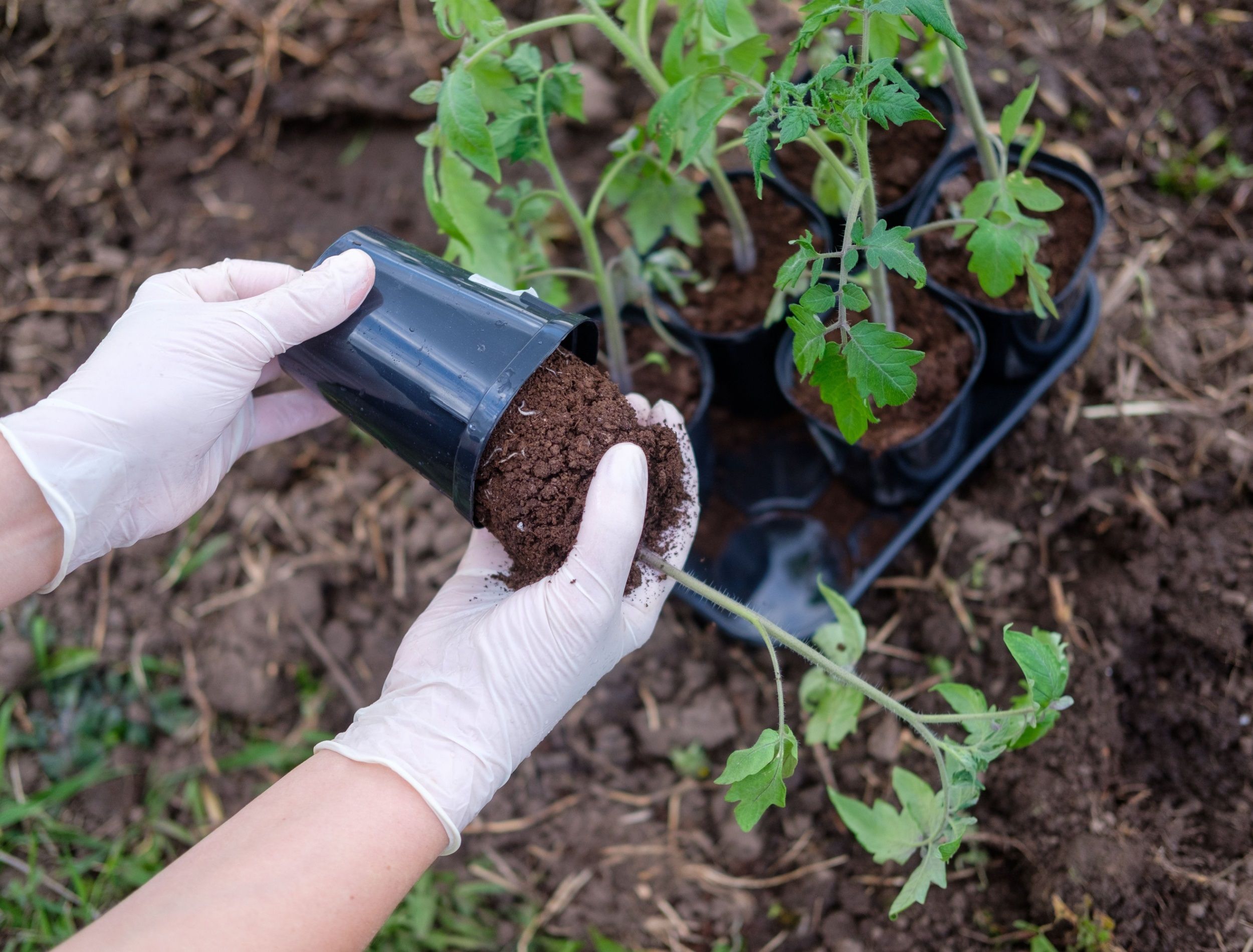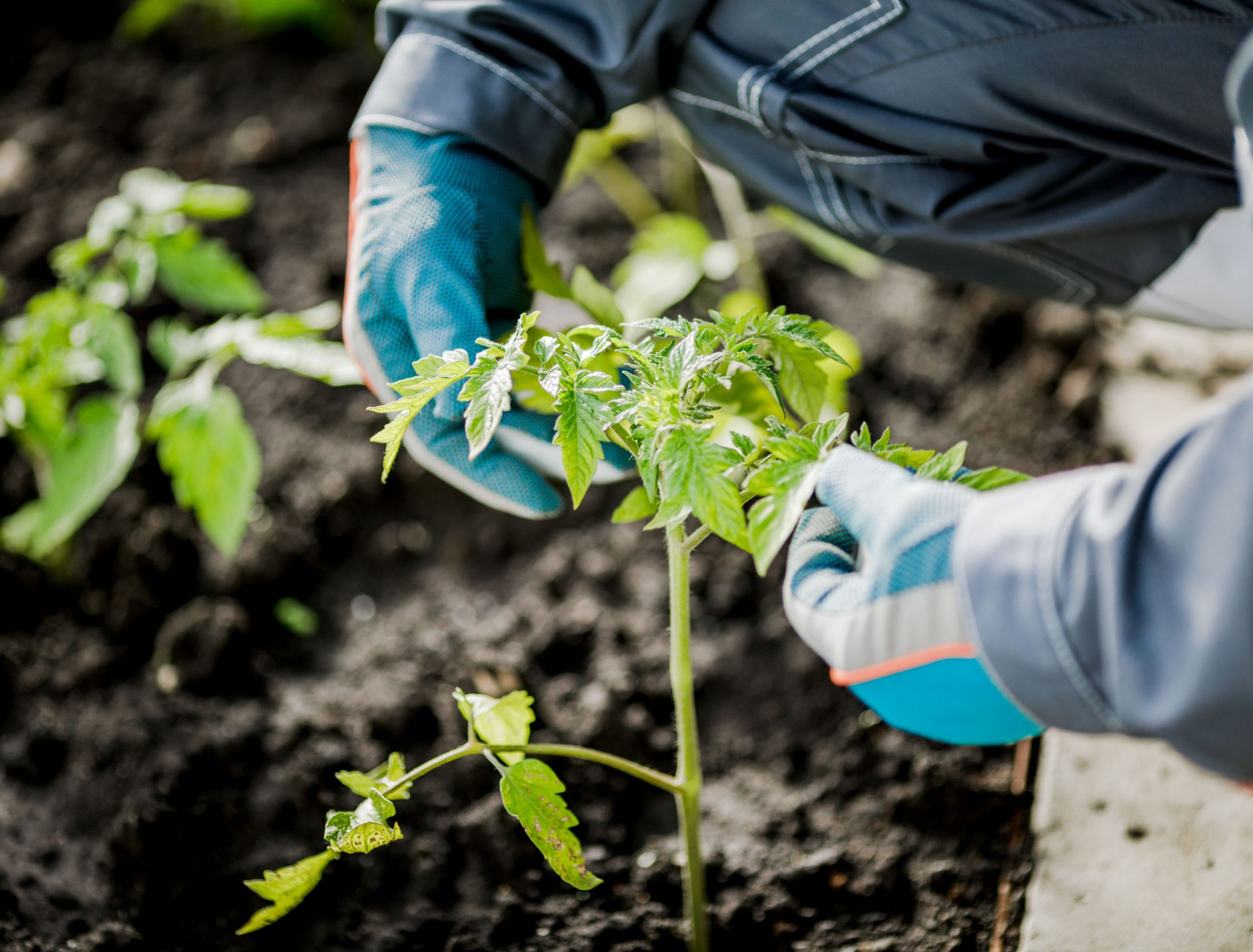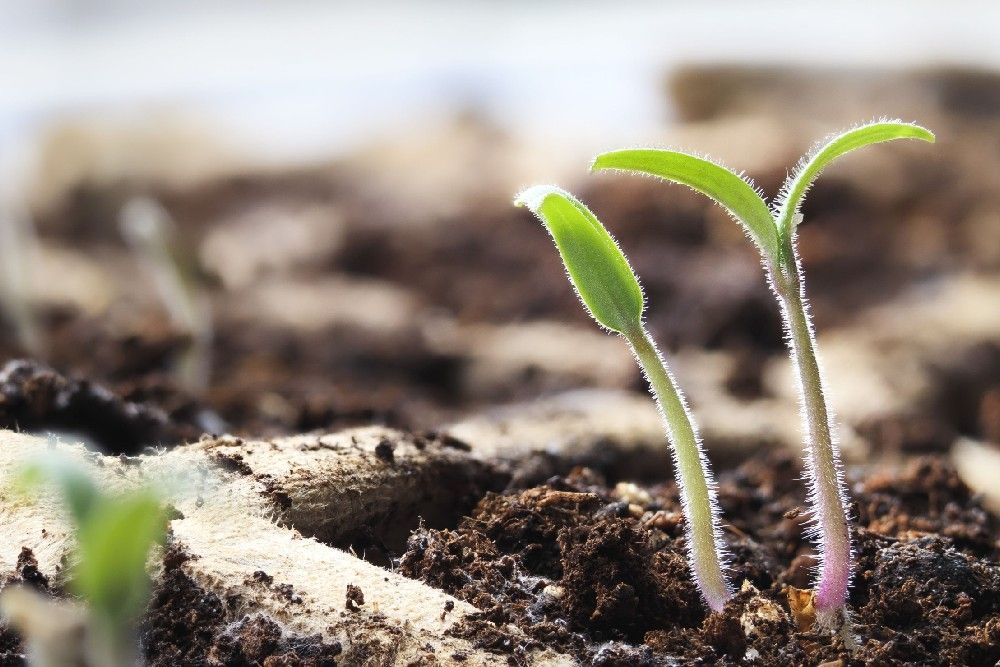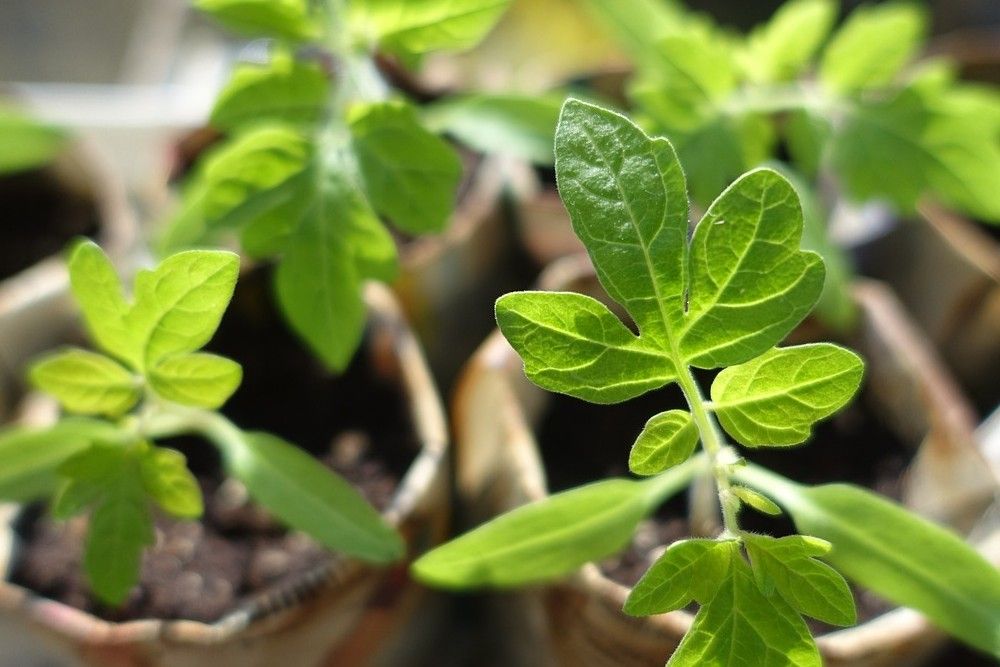Tomatoes are one of the most popular plants for home gardeners, as they are relatively easy to grow and provide a bountiful harvest of juicy, flavorful fruit. However, a lesser-known technique may increase tomato plants' yield and health: planting tomato seedlings sideways.
While it may seem counterintuitive to plant sideways, doing so provides many benefits. Discover the advantages of planting tomato seedlings sideways and how to do it properly.
Why You Should Plant Tomato Seedlings Sideways
Image credits: Fuss Sergey via Shutterstock
Planting tomato seedlings sideways is a great way to maximize the growth of your plants in cooler regions. When you grow tomatoes sideways, the roots are within a few inches of the warmest part of the soil, meaning the plants don't need to spend extra energy trying to reach out and find a source of warmth.
By doing so, they can benefit from an environment that is already naturally warm and conducive to faster root growth and better absorption of nutrients, leading to healthier plants. So, if you live in a colder area, try out this method!
What Makes This Possible
Image credits: sophiecatvia Shutterstock
It is possible to plant tomato seedlings sideways because of how tomatoes develop roots. Tomatoes form dormant roots along their stems, so burying them deeper into the soil encourages more roots to grow from the stem and strengthen the plant overall.
The part of the stem placed beneath the soil produces these additional root growths alongside those already present at the base of the seedling. As such, planting a tomato seedling sideways allows for rooting in multiple places from one stem.
More roots mean a healthier plant overall, providing greater access to nutrients and water in the soil.
How to Plant Tomato Seedlings Sideways
Image credits: AlchemillaMollis via Pixabay
When planting tomato seedlings sideways, there are several steps you should take to ensure success.
When to Plant
When transplanting tomatoes, wait until the nighttime temperatures steadily remain above 60 degrees Fahrenheit. Plants that love heat, such as tomatoes, are unsuitable for outdoor environments when temperatures drop below this mark.
To ensure your tomato plants get off to a good start, monitor local weather forecasts before transplanting to avoid unexpected cold snaps. If expected temperatures are too low for your plants' comfort, wait until more agreeable conditions arrive.
Finding the Right Spot
Tomatoes need well-draining soil and at least six hours of sun daily. Ensure the spot is not too close to other large plants that might shade your tomatoes. Also, ensure there are no spots in the garden where water might accumulate and drown your plants.
Once you find the right spot in your garden for planting your tomato seedlings, then you are ready to begin.
Digging and Planting
Dig a shallow ditch and wrap a newspaper around the tomato plant stem. Now, gently place the tomato plant sideways into the hole. While doing so, try not to disturb the soil around the tomato roots.
Keep the main stem of the plant in line with the bottom of the trench. To promote healthier growth for your new seedling, pinch off yellowing or dying leaves from the plant before laying it in its new position. Then, cover the plant with 2 or 3 inches of soil. Bring the top cluster of leaves above surface level and make a mound of soil under the top of the leaves for support.
Once the tomato seedlings are in place, water them deeply. Doing so helps encourage root growth and promote healthy seedling development.
Spacing
Space the top clusters of leaves 3 to 4 feet apart. If you plan on using cages or stakes, space them 10 to 24 inches apart. Also, between the rows, leave 2 or 3 feet of space to allow for cultivation, pruning, and harvesting later. Proper spacing ensures that your tomato plants have enough room to grow and flourish.
Mulching
Growing healthy tomato plants requires mulching. Mulching conserves water, prevents soil-borne diseases, and helps the tomato seedlings grow stronger and bushier.
Red plastic ground covers are particularly effective as mulch because they stimulate the tomatoes to battle for dominance, resulting in more fruit on healthier plants.
Organic mulch will do if you don't have access to red plastic mulch.
Trellising or Caging
When you plant your tomato seedlings sideways, you may need to provide extra support to keep them upright. If you plan to trellis or cage your tomato seedlings, it is best to do this immediately after planting them.
Choose a strong wooden stake or metal plant cage that has enough room for the plant's growth and stays in place. Drive it into the ground far enough away from the stem of the tomato that you won't damage it.
Level Up Your Tomato Garden With a Twist!
Planting tomatoes sideways is a great way to take advantage of the warmest soil in cooler climates and give your plants the best chance at thriving. This encourages faster root growth and better nutrient absorption and saves plant energy since they don't need to expend it seeking warmth. By orienting your tomato seedlings in such a way, you can ensure they are strong and healthy and produce large, flavorful fruits in no time.
So why not give it a try? Your garden, and taste buds, will thank you. And if you have tips or successes from planting tomatoes sideways, leave your comment below! Share with friends and family, too -- they may have some ideas or knowledge to contribute as well.




